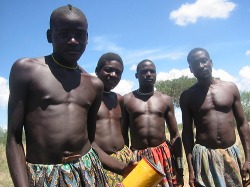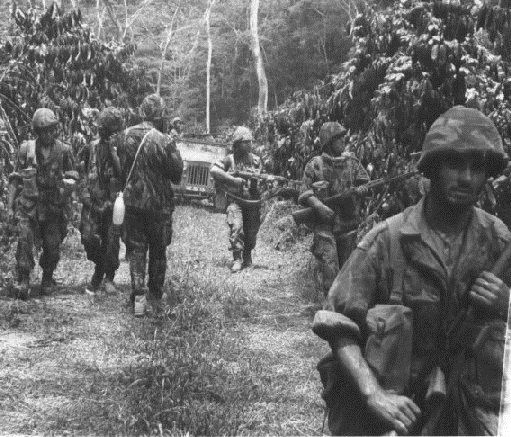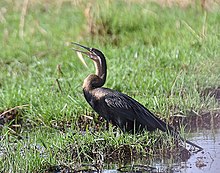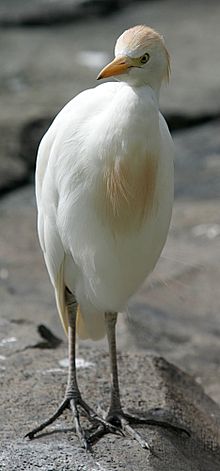"African Traditional Religion: The
People's Culture and the European Perception - Panorama - TakingITGlobal."
African Traditional Religion: The People's Culture and the European
Perception - Panorama - TakingITGlobal. N.p., n.d. Web. 02 May 2014.
<https://www.tigweb.org/youth-media/panorama/article.html?ContentID=7573>.
"Angola Drainage - Flags, Maps,
Economy, History, Climate, Natural Resources, Current Issues, International
Agreements, Population, Social Statistics, Political System." Angola
Drainage - Flags, Maps, Economy, History, Climate, Natural Resources, Current
Issues, International Agreements, Population, Social Statistics, Political
System. N.p., n.d. Web. 04 May 2014.
<http://www.photius.com/countries/angola/geography/angola_geography_drainage.html>.
"BirdLife | Partnership for Nature
and People." BirdLife | Partnership for Nature and People. N.p.,
2014. Web. 02 May 2014. <http://www.birdlife.org/>.
Childs, Gladwyn Murray. Kinship and
Character of the Ovimbundu: Being a Description of the Social Structure and
Individual Development of the Ovimbundu of Angola, with Observations concerning
the Bearing on the Enterprise of Christian Missions of Certain Phases of the
Life and Culture. London: Dawsons of Pall Mall, 1969. Print.
Edwards, Adrian C. The Ovimbundu
under Two Sovereignities a Study of Social Control and Social Change among a
People of Angola. London: Published for the International African Institute
by the Oxford UP, 1962. Print.
"Environment." Angola
Today Environment Comments. N.p., 2014. Web. 04 May 2014.
<http://www.angola-today.com/country-profile/environment/>.
Evambi, Raul Kavita, and Merlin W.
Ennis. "The Marriage Customs of the Ovimbundu." Africa: Journal of
the International African Institute 11.3 (1938): 342. Print.
Hambly, Wilfrid Dyson.
"Occupational Ritual, Belief, and Custom among the Ovimbundu." American
Anthropologist 36.2 (1934): 157-67. Print.
Heywood, Linda M. Contested Power in
Angola, 1840s to the Present. Rochester, NY: U of Rochester, 2000. Print.
Heywood, Linda M. "Towards an
Understanding of Modern Political Ideology in Africa: The Case of the Ovimbundu
of Angola." The Journal of Modern African Studies 36.1 (1998):
139-67. Print.
"News and Features." EBird.
N.p., n.d. Web. 04 May 2014. <http://ebird.org/content/ebird/>.
"UGS Angola." Geography,
Climate and Nature in Angola. N.p., n.d. Web. 04 May 2014.
<http://www.ugs-angola.com/geography-climate-and-nature-in-angola.php>.
"Unit Three: Studying Africa
through the Humanities." Exploring Africa. N.p., n.d. Web. 04 May
2014.
<http://exploringafrica.matrix.msu.edu/students/curriculum/m14/activity2.php>.



.jpg/220px-Flickr_-_Rainbirder_-_Long-tailed_Cormorant_(Phalacrocorax_africanus).jpg)



